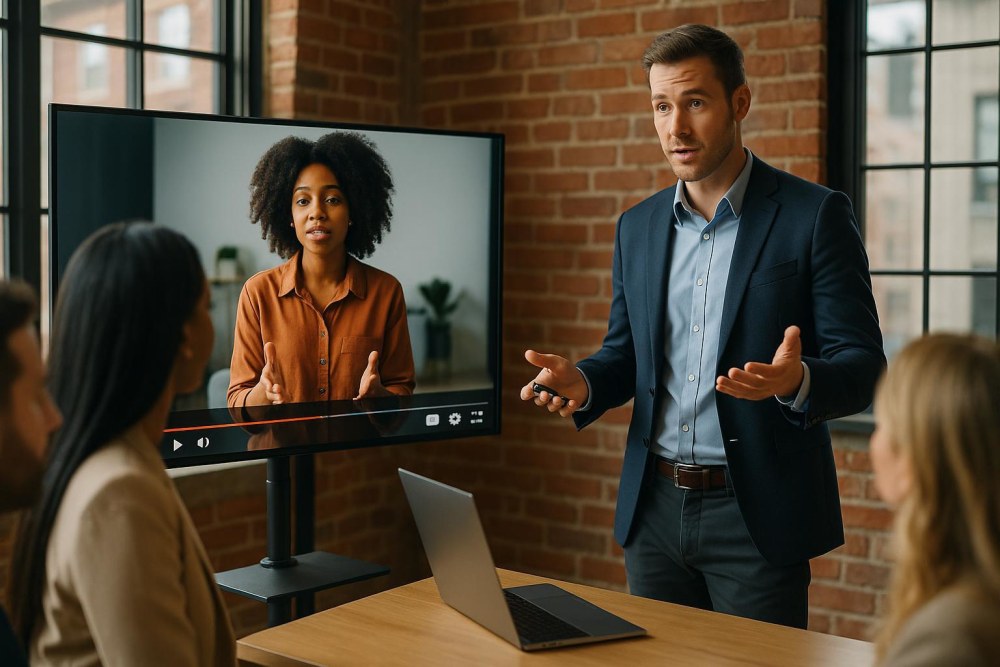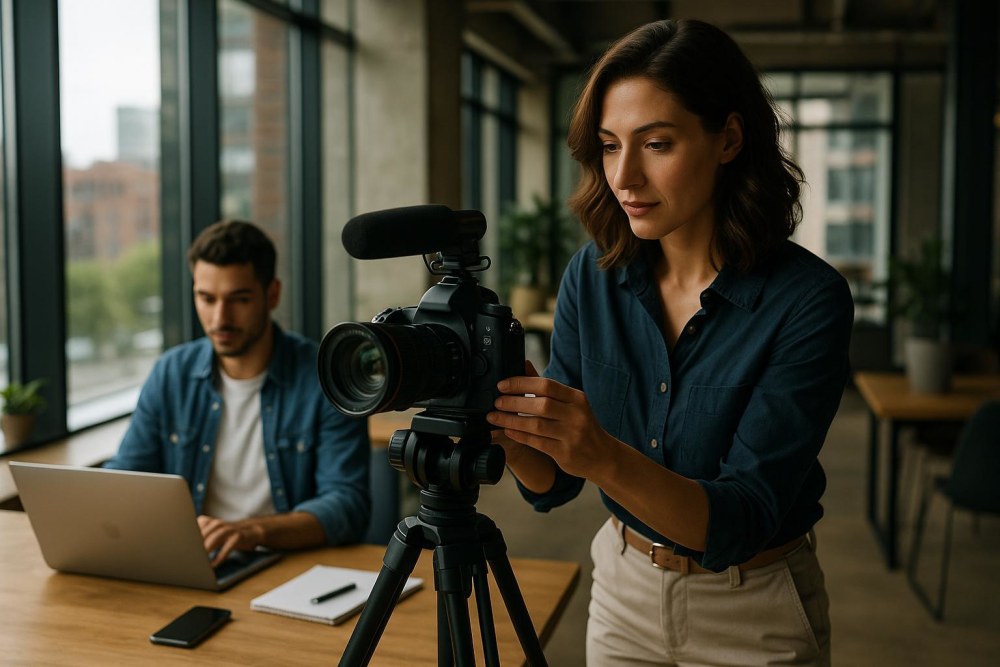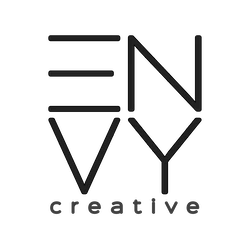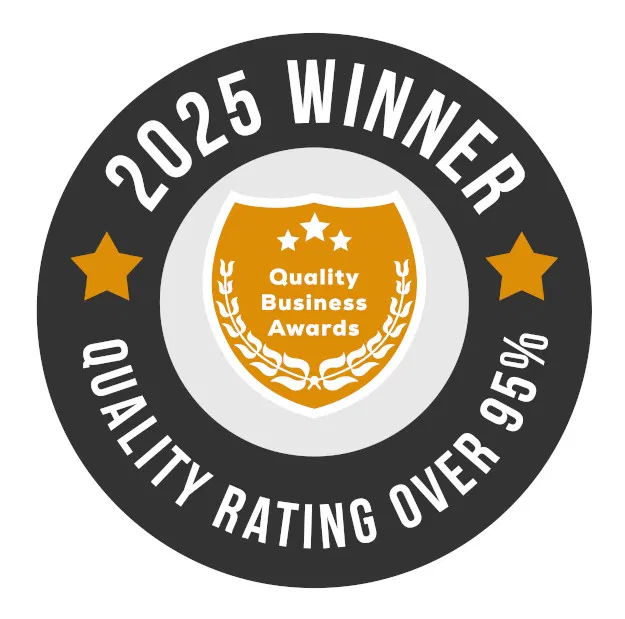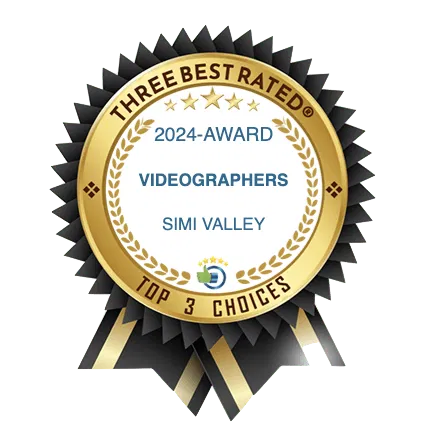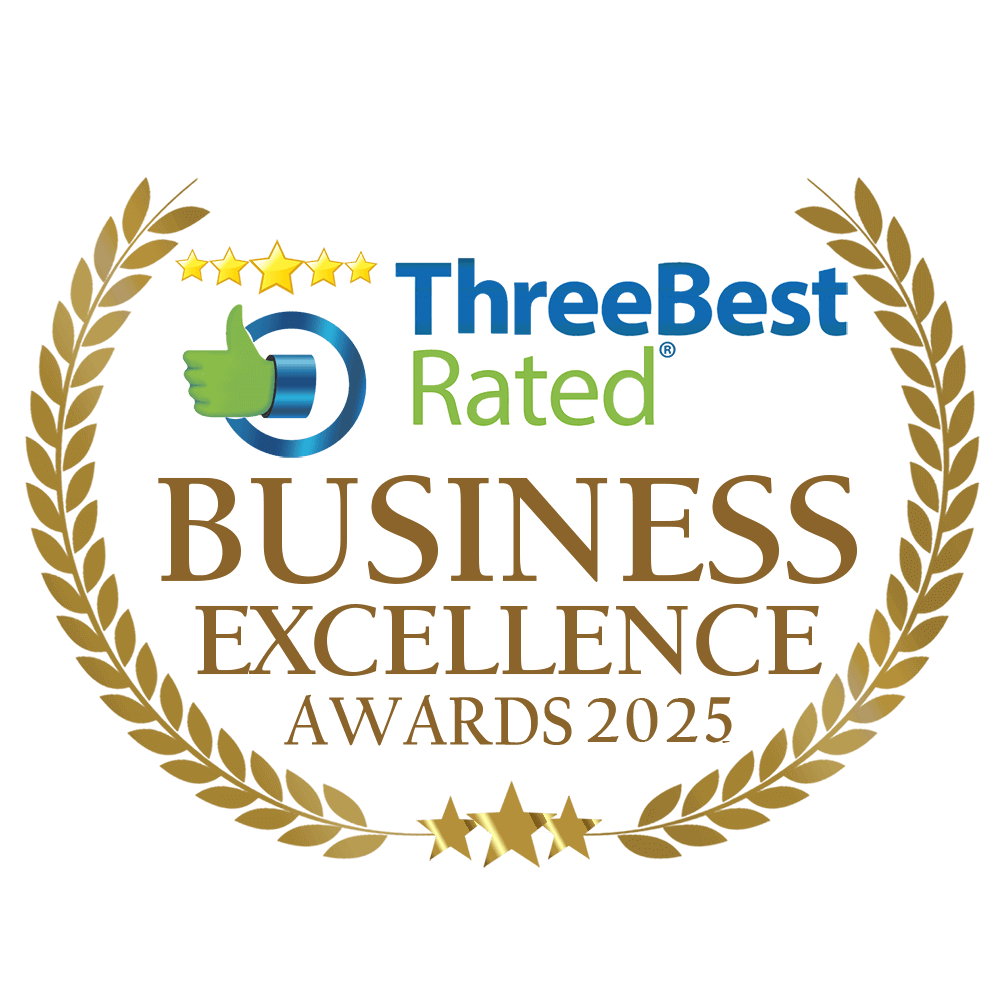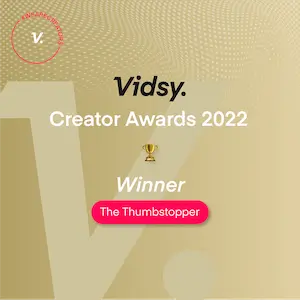From the Creative Director's Desk
As the creative director at Envy Creative, I talk to business leaders every week who are asking the same strategic question: how do we use educational video to build trust, generate leads, and position our brand as a category leader? Over the years I have seen one predictable thing, companies that treat video like a brochure see brochure results, companies that treat video like education see momentum and measurable ROI. In this piece I will walk you through practical steps to build an educational video program that actually moves the needle, with stories from the field and tactical advice you can act on today.
Educational Video Marketing: How to Boost Your Brand
Why Educational Video Works
Educational video works because it solves a problem buyers have, it answers questions they are already typing into search engines, and it builds authority at every stage of the funnel. Prospects prefer to learn visually, they retain information better when shown rather than told, and video makes complex ideas approachable. From an SEO standpoint video helps when you optimize titles, descriptions, and transcripts, and when you host video on platforms where your audience is searching. But more than the mechanics, educational video gives you permission to be useful first, promotional second.
Define a Learning Path for Your Audience
Start by mapping the buyer journey as a curriculum, not a campaign. Think of top of funnel content as discovery lessons, middle of funnel as practical workshops, and bottom of funnel as live demos or case study deep dives. I once helped a B2B client transition from product demos that read like specs, to a three-part learning series, their prospects stayed watching longer and closed faster. The secret is to design progressive learning, each video leading naturally to the next resource, phone call, or downloadable checklist.
Formats that Actually Convert
Not every format fits every goal, choose with intent. Popular, high-performing formats include:
How-to and tutorial videos, ideal for top and middle funnel education.
Explainer videos, concise and great for landing pages and PPC ads.
Webinar replays and mini-workshops, perfect for lead capture and demonstrating expertise.
Case study narratives, these show real outcomes and reduce perceived risk.
Short social clips and micro lessons, useful for discovery and driving traffic back to longer content.
Scripting Lessons, Keep It Human and Structured
People come to educational videos for clarity and confidence, not cleverness. Use a simple structure: hook, promise, teach, recap, action. Hooks matter, open with the problem or an attention stat, then tell viewers what they will learn in clear terms. I always advise clients to write for the ear, use short sentences, and read the script aloud during pre-shoot rehearsals. Anecdotes help, a brief client story or a on-set moment makes content feel human and credible.
Production Tips that Don’t Break the Bank
High production value helps but clarity wins. Focus first on sound and framing, good audio and clean visuals are non-negotiable. Use simple lighting, a tidy background or branded set, and make sure on-screen text is readable on mobile. For interviews, capture natural moments and b-roll that illustrates the teaching points. I remember a shoot where a five-second capture of a team whiteboarding a process became the hero visual for an entire series; small, authentic details scale up to big impact.
Distribution, SEO and Repurposing
Distribution is where many programs fail, because they assume video will find an audience on its own. Host your long-form video on your own site with structured schema and a searchable transcript, then publish an optimized version on YouTube and LinkedIn. Use keyword research to inform titles and descriptions, and add chapter markers to improve watch time. Repurpose a single long video into clips for social, a blog post transcript, and an email drip. This multiplies reach without multiplying production cost.
Metrics that Matter
Measure what connects to business outcomes, not vanity metrics. Track watch time and average view percentage to understand engagement, monitor click-through rate on CTAs to gauge interest, and tie video views to lead quality and conversion rate when possible. A quick win is to A/B test thumbnails and opening 10 seconds to improve retention. We often pair video KPIs with CRM funnels, this lets our clients see the revenue impact of educational content.
Real-world Wins from Envy Creative
At Envy Creative we built an educational series for a fintech client that reduced demo no-shows by 40 percent and increased qualified pipeline by 28 percent within six months. Another project for a SaaS vendor used a library of micro-lessons to lower onboarding time and improve product adoption metrics. These wins came from consistent delivery, strategic distribution, and tying every asset to a next-step CTA that made sense for the viewer.
Practical Checklist to Get Started
Here is a simple checklist to launch an educational video program quickly and smartly:
Audit common customer questions, sales objections, and support tickets.
Create a 90-day content roadmap, prioritize topics that map to pipeline stages.
Shoot a pilot series of 3 to 5 videos to test format, pacing, and distribution channels.
Optimize each video for search with clear titles, descriptions, and transcripts.
Repurpose long-form into short clips, blog posts, and email content.
Measure engagement, iterate on creative, and link video views to CRM outcomes.
Middle-of-Article Offer
If you want a partner to design, produce, and distribute tailored educational video that drives pipeline, visit thinkenvy.com to explore custom options and schedule a consultation. We focus on strategy first, production second, and measurable results third, so your content becomes an asset that compounds over time.
Final Thoughts from the Studio
Educational video is an investment in trust, it reduces friction in the buying process and scales expertise across your organization. Decision-makers should approach it as a long-term content strategy, not a single campaign. Start small, measure, and iterate, and make sure every video answers a real question for a real person. If you would like to talk through a custom learning path for your brand or see samples from our recent work, visit thinkenvy.com and let's start a conversation about video that educates, converts, and grows your business.


